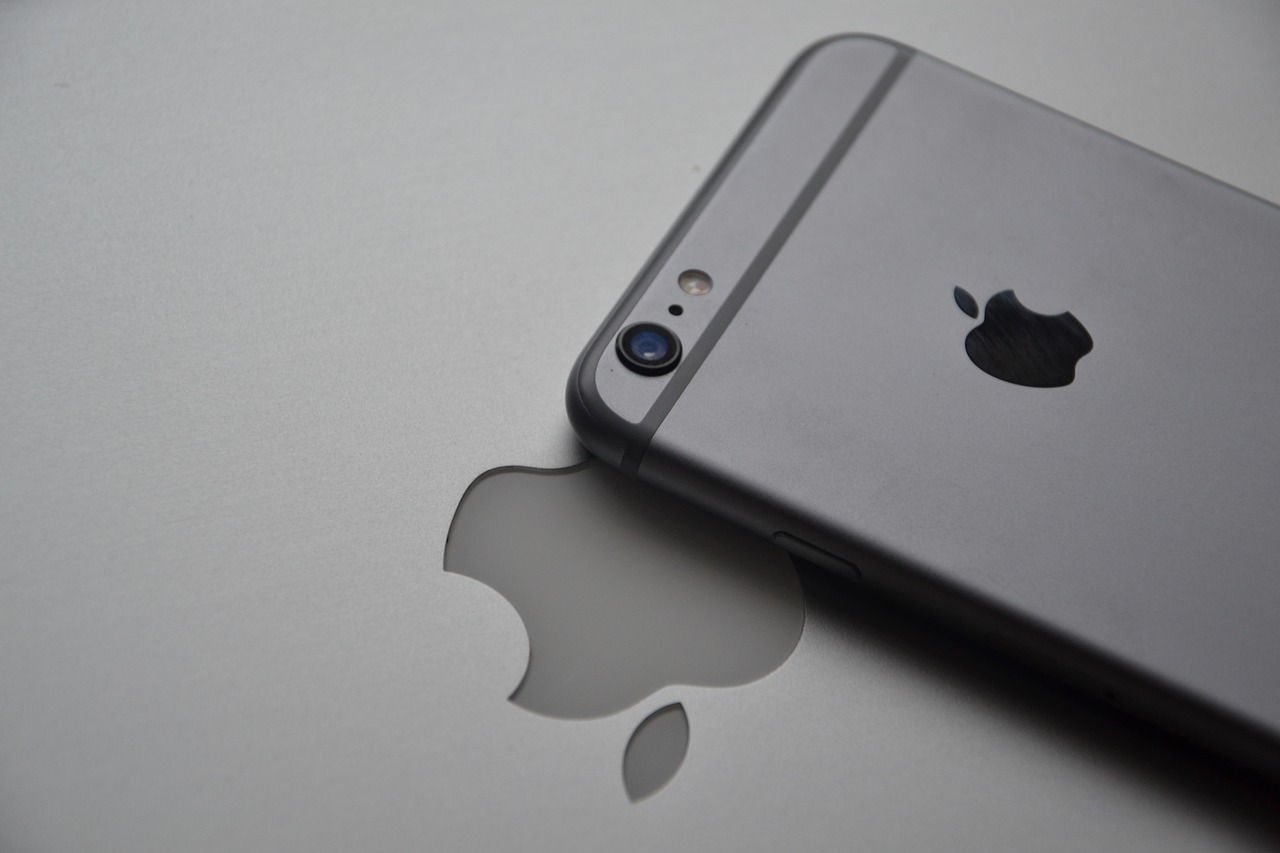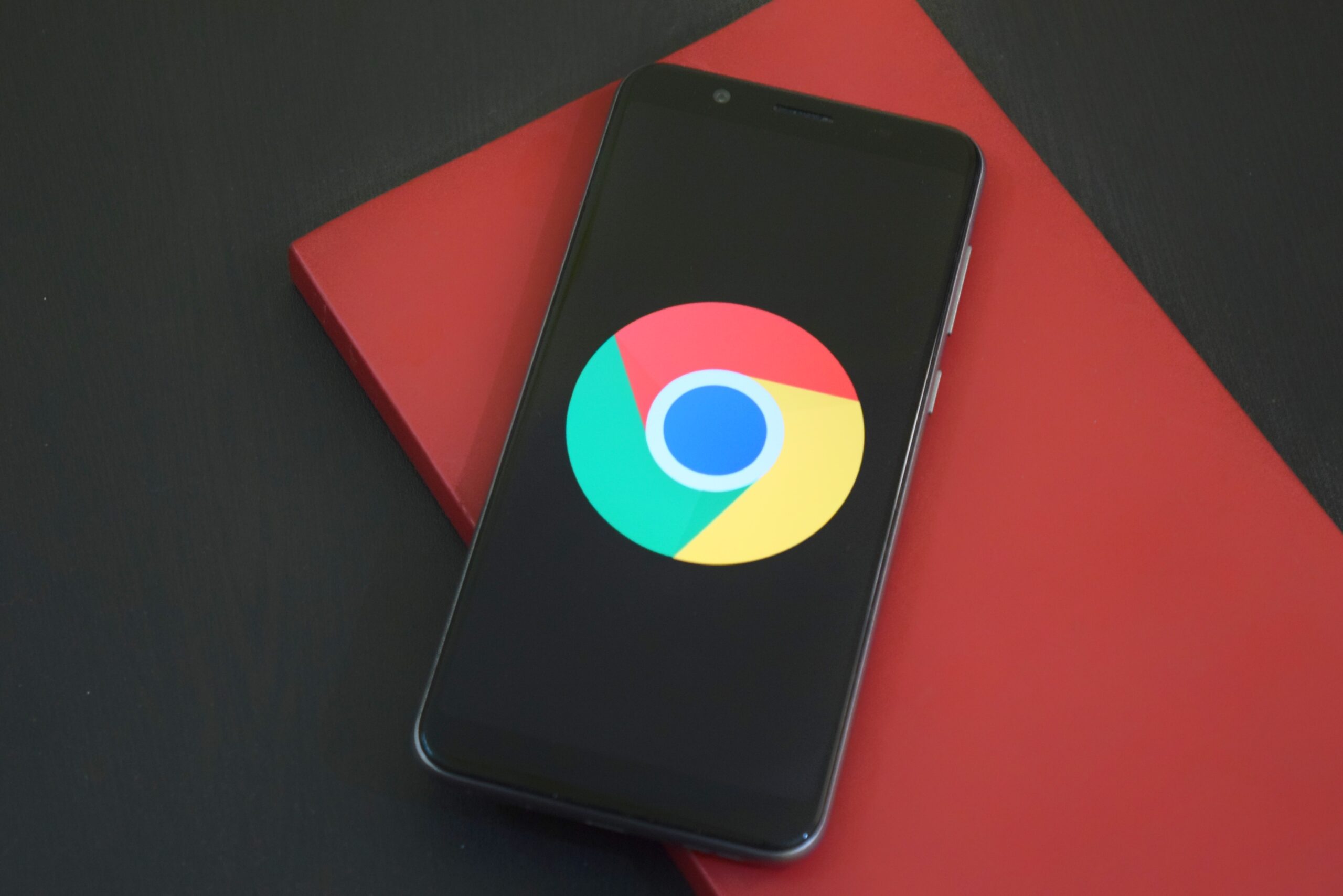Is Xiaomi going to ditch MIUI? Learn more about the Chinese brand's new system below.
HyperOS is Xiaomi's new operating system, announced last Tuesday (17). According to the company, the replacement of the MIUI interface was designed to work with full integration between the brand's devices, including the Chinese giant's electric cars.
The new feature will be introduced in Xiaomi's new series of devices, the 14 series. Although there is no scheduled release date yet, the new devices should be available in the Chinese market later this month. See more information about the new system below.

HyperOS replaces MIUI
According to Xiaomi CEO Lei Jun, the HyperOS operating system is a return to the company's 2017 mission of unifying the entire ecosystem of products and applications. However, there are no details yet about the HyperOS interface, only information that it is based on Android. In addition, the operating system was developed by the Chinese manufacturer.
What is HyperOS and how does it work?
HyperOS is Xiaomi's new operating system for smartphones and represents the discontinuation of the MIUI interface. Described as something completely new and environmentally friendly, the company also specified that HyperOS will focus on people, cars and the home, launching first with the series Xiaomi 14. Although it is called a “new operating system”, this version is derived from Android, just like Huawei’s HarmonyOS.
However, Xiaomi has made significant changes to the basic structure of Google's operating system. The Chinese brand's CEO even mentioned that the underlying architecture of HyperOS has been "completely rewritten" and indicated that the focus is on supporting a large number of devices and connections in the future. However, Xiaomi did not say what the interface or user experience will be like, so we will have to wait and see what HyperOS will actually be like. Furthermore, it is unclear how this will affect Xiaomi devices outside of China.
Differences between HyperOS and MIUI
HyperOS differs from MIUI in several aspects. First, HyperOS was introduced in response to perceived challenges with MIUI, acknowledging criticisms about the intrusiveness of the interface and the weight associated with older custom ROMs. Architecturally, HyperOS features a “completely rewritten architecture,” which introduces significant changes to the basic structure of MIUI. Additionally, HyperOS is designed to deliver “ultra-high performance, smoothness, and smartphone x AIoT connectivity” (artificial intelligence integration in the Internet of Things), with a focus on improving performance and integration between devices.
While MIUI has faced criticism that it may contribute to the lack of success of Xiaomi phones in the international market, HyperOS is being touted as a solution to overcome these perceived issues. The transition of HyperOS to gradually replace MIUI has also been highlighted, marking the end of the road for MIUI. This includes a global strategy, with HyperOS running on Xiaomi phones sold internationally and global ROMs expected to launch in 2024.
Will MIUI devices continue to be updated?
By the looks of it, HyperOS will gradually replace the operating system on Xiaomi devices. This means that MIUI-powered devices will continue to receive security updates for a while, but with the launch of new devices, the brand will abandon MIUI and focus on developing HyperOS.



